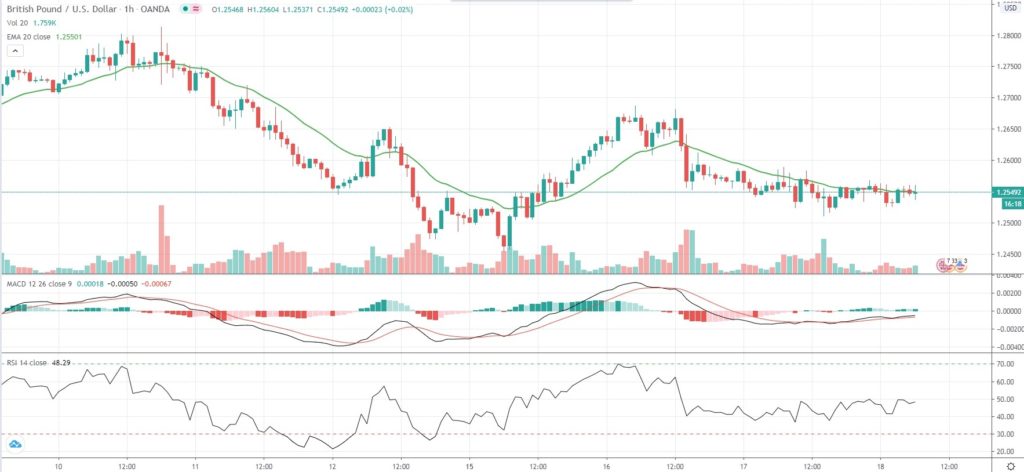GBP/USD traded within a tight range on Thursday prior to Bank of England’s monetary policy decision and after recent macroeconomic reports showed rising number of jobless claims and slowing consumer price inflation in the United Kingdom.
Uncertainty surrounding Brexit also remains a risk for the Pound, as the current transition deal expires in December and negotiations over a free trade agreement between the EU and the UK have made little progress so far.
Still, British PM Boris Johnson told Parliament on Wednesday that the country could deal with its economy in “a creative and constructive way” after the transition period ends.
“When we get to the end of the transition period, we will be able to do things differently, we will be able to respond to our economic needs in a creative and constructive way, looking at regulation and looking at ways in which we support industries in a way that we haven’t been able to do before,” Johnson said.
Meanwhile, the US Dollar has regained its safe haven appeal after a rise in new confirmed COVID-19 cases in several US states, while China imposed travel restrictions in Beijing in an attempt to handle a new outbreak of the virus.
As of 6:40 GMT on Thursday GBP/USD was inching down 0.04% to trade at 1.2550, while moving within a narrow daily range of 1.2526-1.2567. The major pair has gained 0.08% so far this week, following a 1.01% drop in the business week ended on June 12th.
Today market players will be expecting the outcome from Bank of England’s monetary policy meeting at 11:00 GMT. The bank is largely anticipated to leave the key bank rate at the record low level of 0.1% and to bolster its easing program by GBP 100 billion to GBP 745 billion. The bank’s decision at the policy meeting in May came after an unanimous vote by Committee members, the Minutes showed. Because of the coronavirus pandemic, the UK central bank projects a 14% contraction in GDP this year, a slowdown in consumer price inflation to 0.6% and a surge in unemployment rate to 8%.
In terms of US macro data, at 12:30 GMT the Federal Reserve Bank of Philadelphia will report on manufacturing activity in the area. The Philadelphia Fed Manufacturing Index probably rose to -23.0 in June, according to market expectations, from a level of -43.1 in the prior month. In May, despite that overall activity shrank for a third straight month, manufacturers reported a smaller drop in new orders, shipments and employment.
Also at 12:30 GMT the US Labor Department will report on jobless claims. The number of people in the country, who filed for unemployment assistance for the first time during the business week ended June 12th, probably eased to 1,300,000, according to expectations, from 1,542,000 in the preceding week. The latter has been the lowest number of claims since mid-March. Still, however, the total claims reported since March 21st rose to 44.2 million.
Bond Yield Spread
The spread between 2-year US and 2-year UK bond yields, which reflects the flow of funds in a short term, equaled 26.2 basis points (0.262%) as of 6:15 GMT on Thursday, up from 24.9 basis points on June 17th.
Daily Pivot Levels (traditional method of calculation)
Central Pivot – 1.2552
R1 – 1.2592
R2 – 1.2629
R3 – 1.2669
R4 – 1.2710
S1 – 1.2515
S2 – 1.2475
S3 – 1.2438
S4 – 1.2401






